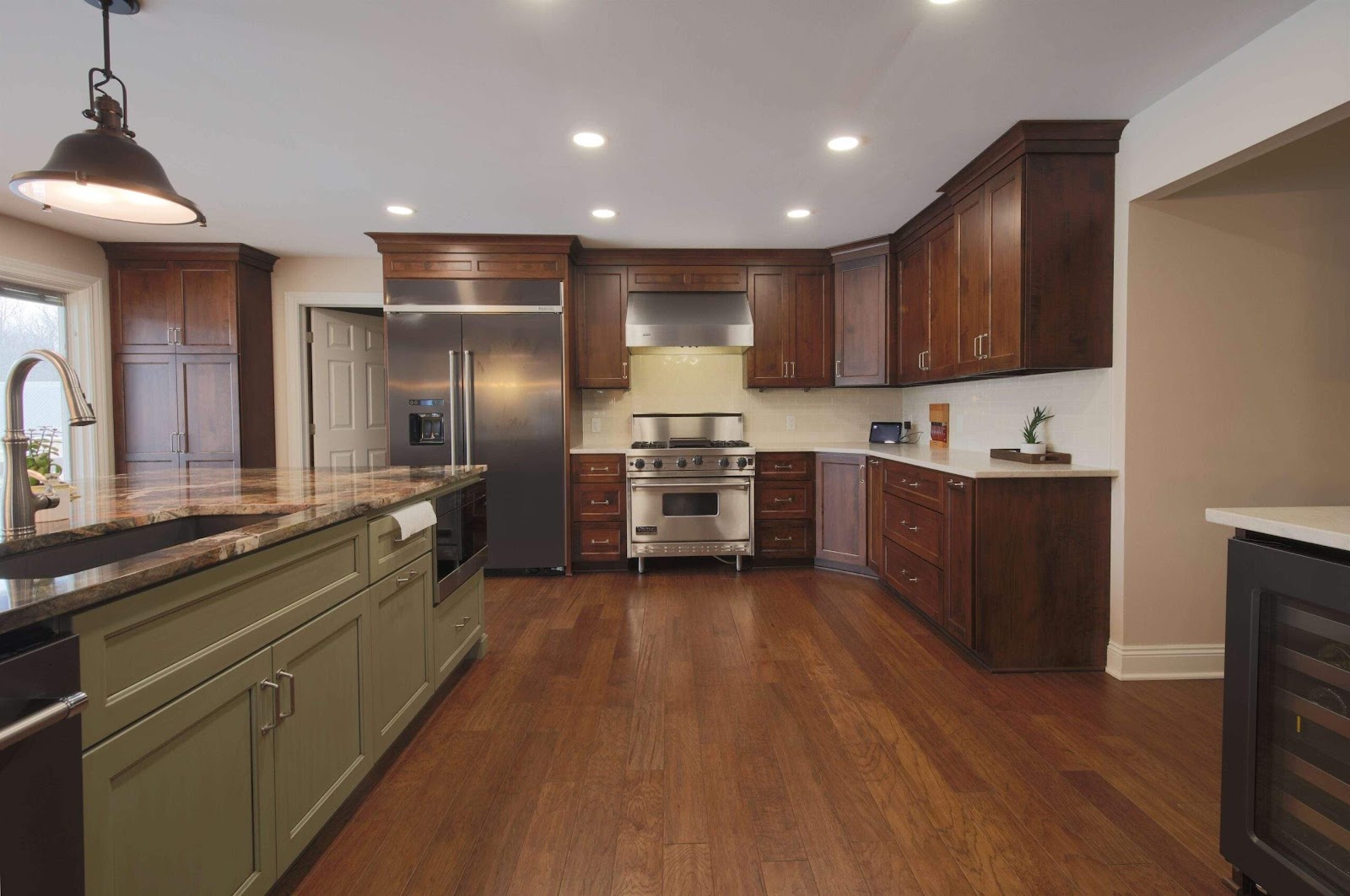The Difference Between Mass Produced & Amish Made Furniture
When it comes to furniture, there has always been a battle between Amish furniture and mass-produced furniture. Each one has its own unique characteristics that appeal to different requirements and preferences of consumers.
Defining Amish Furniture
Craftsmanship and Quality
Amish furniture is renowned for its excellent craftsmanship and quality. Since each piece is meticulously handcrafted, it inherently maintains an exceptional standard compared to mass-produced counterparts.
Types of Wood Used
Various types of wood are used in Amish furniture such as:
Oak
Cherry
Maple
Hickory
This further contributes to its substance and durability, making Amish furniture a long-lasting choice.
History and Background
The practice of creating Amish furniture is rooted in the rich tradition and history of the Amish communities in America. The techniques used have been passed down through generations, refining the quality and design over decades.
Customization and Personalization Options
Amish furniture also offers a wide range of customization and personalization options. This allows consumers to have a unique piece of furniture that aligns with their personal style and preference.
Defining Mass Produced Furniture
The Rise of Mass-produced Furniture
The advent of modern manufacturing practices and technologies spurred the rise of mass-produced furniture. Offering consumers a wide variety and affordable options.
Common Materials and Manufacturing Processes
Mass-produced furniture often uses:
Plywood
Particleboard
Medium-Density Fibreboard (MDF)
These materials are cost-effective and facilitate high-volume production through automated machinery processes.
Affordability and Accessibility
The key USP of mass-produced furniture is its affordability and accessibility. With the ability to create furniture at massive scales, it allows prices to be kept low.
Comparative Analysis of Quality and Craftsmanship
Quality of Materials
While both types of furniture deliver differing levels of quality, Amish furniture typically uses solid wood, compared to often cheaper synthetic materials in mass-produced items.
Craftsmanship
Craftsmanship in Amish furniture is unmatched due to the skilled artisans that put hours into creating each piece. In comparison, mass-produced furniture is machine-assembled, lacking detailed hand finishing.
Durability and Lifetime
Thanks to the use of high-quality materials and craftsmanship, Amish furniture often outlasts mass-produced furniture, making it a worthwhile investment.
The Value for Money
Amish furniture may come with a higher initial cost but its lifetime investment proves to be valuable over time. Mass-produced furniture tends to be more affordable but may lack longevity.
Conclusion
So, which is a better choice? It comes down to several factors – your budget, longevity preference, resistance to wear and tear, and aesthetic. Both Amish and mass-produced furniture have their place in the market to cater to different consumer needs.
FAQs
Is Amish furniture mass-produced?
No, Amish furniture is traditionally handcrafted, each piece is unique.What makes Amish furniture different?
The craftsmanship, quality of materials and the ability to customize pieces are what sets Amish furniture apart.What are the characteristics of Amish furniture?
Amish furniture boasts a high level of craftsmanship, durability, and the use of high-quality solid wood.What type of furniture does the Amish make?
The Amish make a variety of furniture types, from dining sets and bedroom ensembles to living room and office furniture.




Comments
Post a Comment